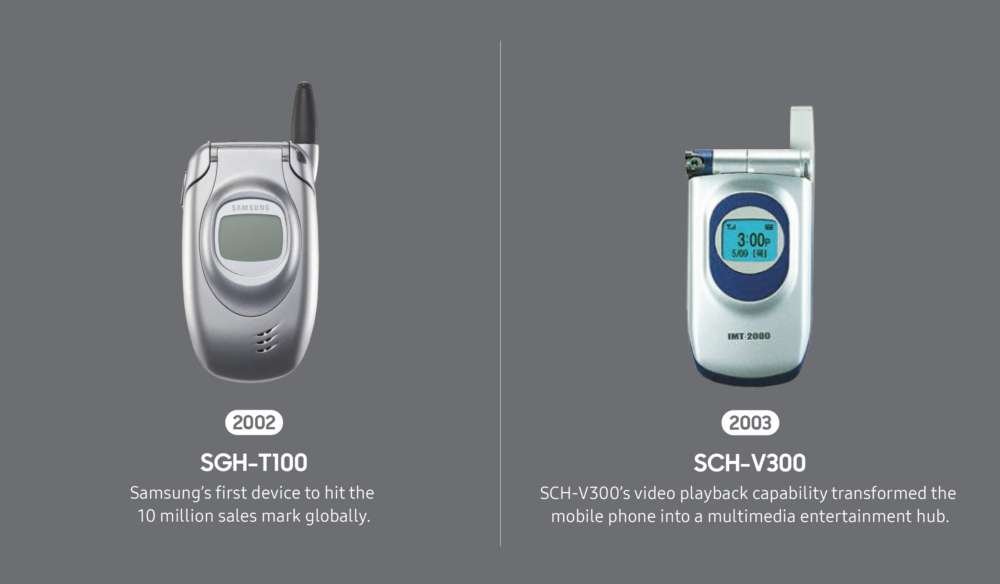“Change everything except your wife and children.” – Lee Kun-Hee, Samsung Group Chairman, 1993
Now one of South Korea’s most powerful companies, known around the world for its electronics, Samsung has come a long way from its start as a small grocery supplier.
The Grocers
In 1938, Lee Byung-Chull founded a trading company named Samsung Sanghoe in the Korean city of Daegu. The company sold groceries, including noodles and dried fish, and for over a decade it prospered under Lee’s leadership. It moved its headquarters to Seoul in 1947 and founded factories and processing plants.
In 1950, civil war broke out in Korea. As part of the war, forces from the Communist north invaded Seoul. Lee and his business were forced to flee, losing many assets. The very existence of Samsung was in danger.
Lee moved south and regrouped. Making the most of the business opportunities war offered, he rebuilt his company, which soon included a range of subsidiaries.
Government Engagement
Following the war, South Korea set about the challenging business of reconstruction.
During this period, there was a close relationship between the government and the chaebols – family-owned Korean business conglomerates. Samsung was among the chaebols with ties to the government, and Lee Byung-Chull helped persuade the president to offer companies tax breaks to encourage growth.
During this period, Samsung benefited from a range of government actions, including tax cuts, cheap loans, the provision of foreign aid materials, and government contracts. Samsung thrived.
The policy of helping companies did what the government wanted. It boosted Korean industry, powering economic recovery.
Entering Electronics
In 1969, Samsung entered the tech market, with the establishment of the Samsung Electronics subsidiary. Starting with black and white televisions, the company began producing consumer electronics for the domestic and international markets.
In 1974, influenced by his son Lee Kun-Hee, Lee Byung-Chull expanded Samsung’s interest in technology by buying a majority stake in Korea Semiconductor. Though it wasn’t clear at the time, this would eventually make the company one of the most important in the world, a leading provider of microchips and semiconductors.
Over the course of the 1970s, the company expanded its work in electronics, with popular products like cheap color televisions. It developed a reputation for items that were cheap but not reliable.
“Change Everything”
In 1987, Lee Byung-Chull died and Lee Kun-Hee took over the business.
Sick of the company’s reputation for shoddy work, he began a revolution within Samsung, telling staff to “change everything except your wife and children”. Once again, the company went through a period of transformation, reinventing itself as a producer of quality technology and an innovator in the field.
This rebranding came at a cost. At one point, Kun-Hee ordered 100,000 phones destroyed because they weren’t good enough. But it was a price worth paying, one that made Samsung a technology leader.
Thanks to a war, government support, and a focus on reinvention, Samsung has gone through several radical changes, evolving from a grocer into a global powerhouse.



